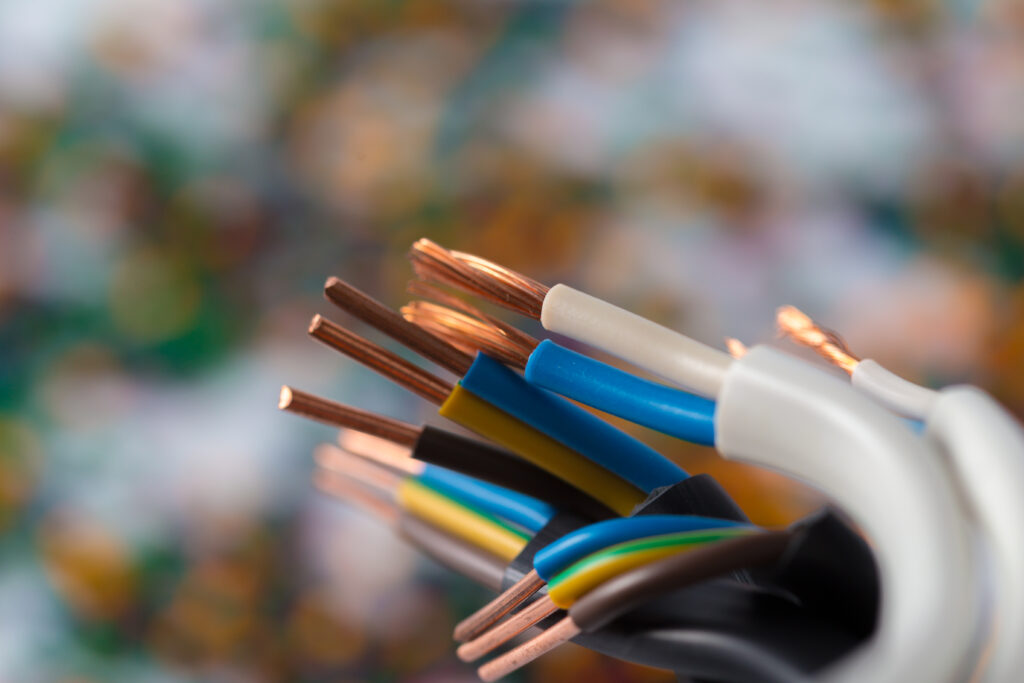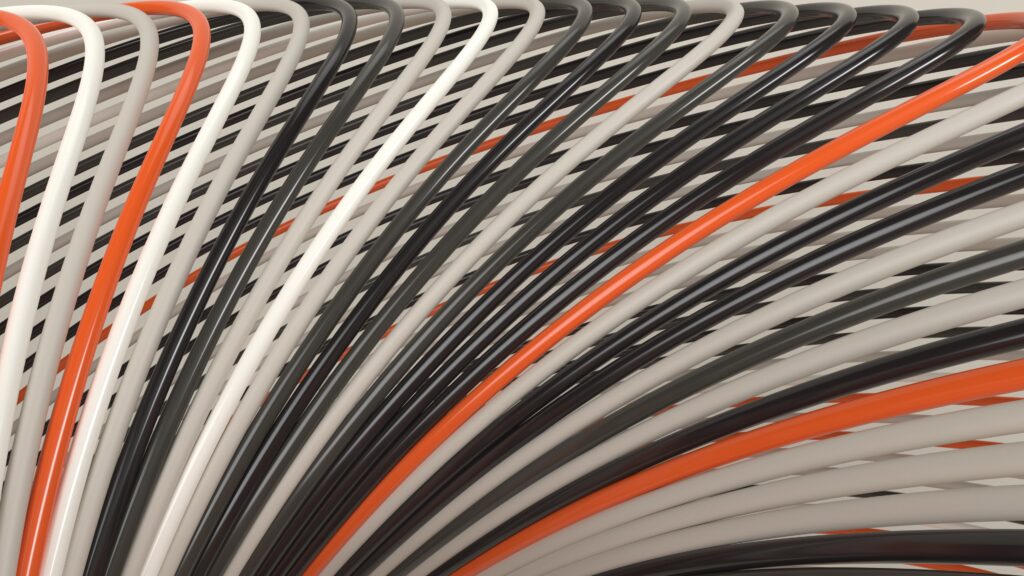“Revolutionary advancements in wire & cable manufacturing technology”
Wire and cable manufacturing technology is constantly evolving, with new developments and innovations being made to improve efficiency, quality, and sustainability. Let us explore some of the latest advancements in wire and cable mfrs technology. The biggest advancements in wire and cable manufacturing technology is the use of automation. Automation not only improves efficiency but also […]

Wire and cable manufacturing technology is constantly evolving, with new developments and innovations being made to improve efficiency, quality, and sustainability.
Let us explore some of the latest advancements in wire and cable mfrs technology.
The biggest advancements in wire and cable manufacturing technology is the use of automation. Automation not only improves efficiency but also reduces the need for manual labor, which can lead to cost savings and improved safety.
Systems can be used for various processes such as wire drawing, stranding, and cabling. Additionally, the use of robots and other automation systems can also improve the accuracy and consistency of the manufacturing process.
Recent development is the use of 3D printing technology in wire and cable manufacturing. 3D printing allows for the creation of complex and customized wire and cable structures, including those with internal channels and passageways. This technology can also be used to create prototypes and test new designs before mass production.
The use of advanced materials is also becoming increasingly popular in wire and cable manufacturing. New materials, such as carbon nanotubes and graphene, are being developed to improve the strength and conductivity of wires and cables.
Additionally, new insulation materials, such as silicone rubber and fluoro elastomers, are being developed to improve the temperature and chemical resistance of wires and cables.
Sustainability is also becoming an increasingly important factor in wire and cable manufacturing technology.
Efforts are being made to reduce energy consumption, waste, and emissions during the manufacturing process.
Recycling of wire and cable materials is also becoming more common, helping to reduce the environmental impact of the industry.
In recent years, the industry has also seen the emergence of new technologies such as the Internet of Things (IoT) and Industry 4.0, which have the potential to revolutionize wire and cable manufacturing.
IoT technology can be used to improve efficiency and reduce downtime by monitoring and controlling the manufacturing process remotely. Industry 4.0, which refers to the integration of advanced technologies such as automation, robotics, and big data, can improve the overall efficiency and flexibility of the manufacturing process.
Advancements in wire and cable manufacturing technology are making it possible to produce stronger, more conductive, and more sustainable wires and cables.
Automation and 3D printing technology, the use of advanced materials, and an emphasis on sustainability are driving the development of new and improved wire and cable manufacturing technologies.
As the world becomes increasingly connected and reliant on technology, the wire and cable industry is sure to continue to evolve and innovate in order to meet the growing demand for high-quality, reliable wires and cables.
Some of the key advancements in wire and cable manufacturing technology, including automation, 3D printing, advanced materials, and sustainability. These advancements are helping to improve the efficiency and quality of wire and cable manufacturing, and will continue to play a vital role in meeting the growing demand for high-quality, reliable wires and cables.
As technology continues to evolve and change, it is likely that we will see even more advancements in wire and cable manufacturing technology in the future.

The impact of automation and digitalization on the wires and cables industry
The wires and cables industry has seen significant advancements in automation and digitalization in recent years, which have had a significant impact on the way that wires and cables are manufactured.
Automation is one of the most significant advancements in the wires and cables industry. Automation systems are being used to improve efficiency, reduce labor costs, and increase the quality of the final product.
Automation systems can be used for a variety of processes such as wire drawing, stranding, and cabling. These systems can also be integrated with other digital technologies, such as sensors and IoT devices, to improve the overall efficiency and accuracy of the manufacturing process.
Important aspect of automation in the wires and cables industry is the use of robots. Robotics technology allows for the precise control of the manufacturing process and can also improve safety by reducing the need for manual labor.
Robotics technology can also be used to improve the accuracy of the manufacturing process, which can lead to a reduction in waste and an increase in quality.
Digitalization is also having a significant impact on the wires and cables industry. Digital technologies, such as IoT and Industry 4.0, are being used to improve the efficiency and flexibility of the manufacturing process. IoT technology can be used to monitor and control the manufacturing process remotely, which can lead to a reduction in downtime and improved efficiency.
Industry 4.0, which refers to the integration of advanced technologies such as automation, robotics, and big data, can improve the overall efficiency and flexibility of the manufacturing process.
In addition to automation and digitalization in the manufacturing process, these technologies also have a significant impact on the end use of wires and cables. The use of digital technologies, such as sensors, in wires and cables allows for the real-time monitoring and control of devices and systems, which can lead to an increase in efficiency and a reduction in downtime.
One of the most important impacts of automation and digitalization on the wires and cables industry is the increased focus on sustainability.
Automation and digitalization can lead to a reduction in energy consumption, waste, and emissions during the manufacturing process. Digital technologies can also be used to monitor and control the use of wires and cables in end-use applications, which can lead to an increase in energy efficiency and a reduction in waste.

Automation and digitalization are having a significant impact on the wires and cables industry. Automation and digital technologies are being used to improve the efficiency, quality, and sustainability of the manufacturing process.
These technologies are also having a significant impact on the end use of wires and cables, which can lead to an increase in efficiency and a reduction in waste. As the world becomes increasingly connected and reliant on technology, the wires and cables industry is sure to continue to evolve and innovate in order to meet the growing demand for high-quality, reliable wires and cables.


